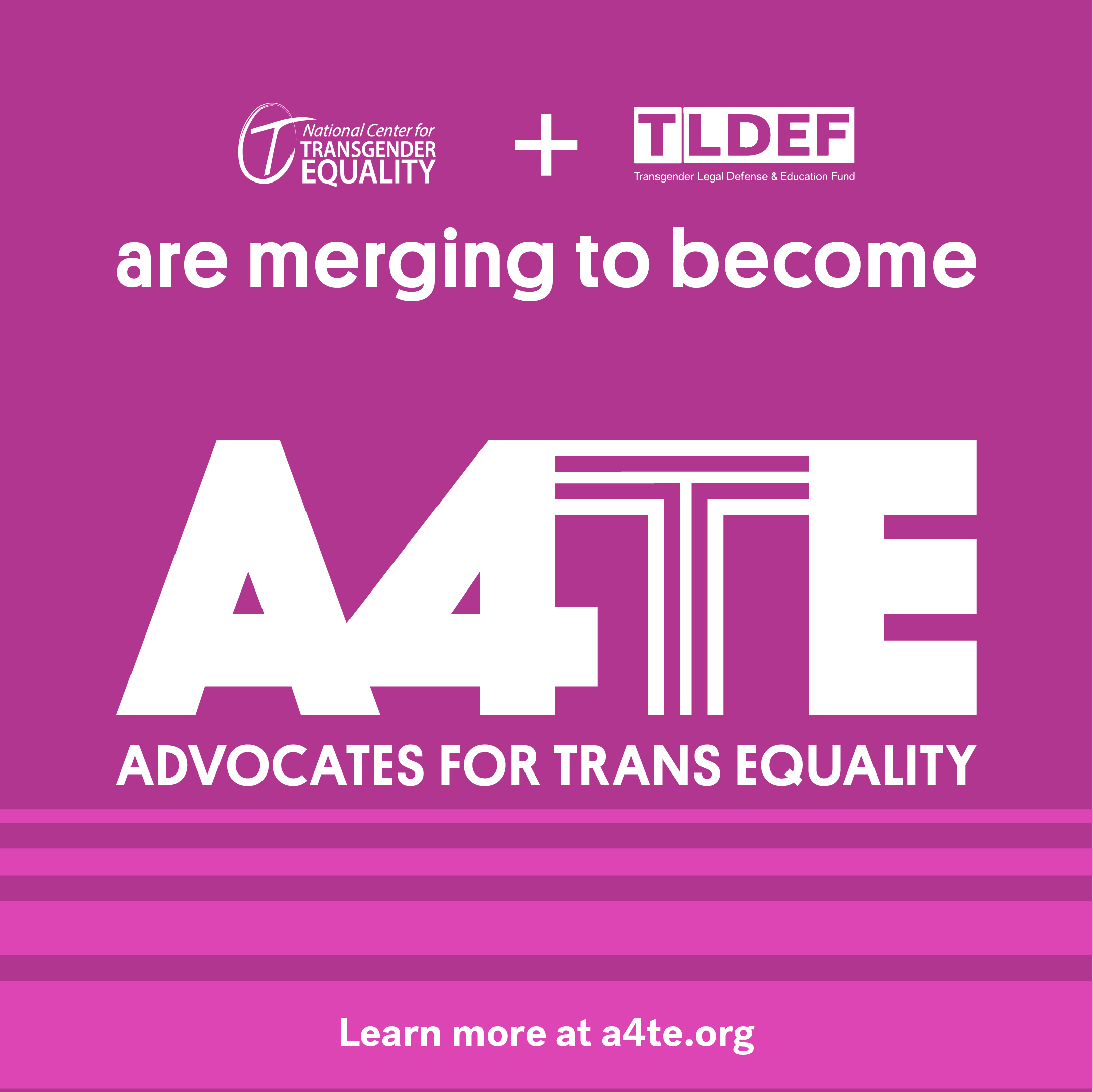The Disparate Impact Non-Issue
At last week’s House Education and Labor Committee hearing on ENDA, witness Camille Olsen, an attorney who represents employers, raised several questions about what she characterized as ambiguities in the bill. Among the points Olson raised was the question of “disparate impact” claims under ENDA. Olson’s technical arguments were potentially confusing even for an attorney like myself, so it’s worth trying to explain them in plain English.
Under existing employment discrimination laws, there are two types of unlawful discrimination claims. “Disparate treatment” cases are where there is evidence of intentional discrimination by the employer. Vandy Beth Glenn suffered a classic case of disparate treatment when her boss fired her for the stated reason that she was transitioning from male to female. The principle of “disparate impact” is different: an employer may not take actions that have the overall effect of excluding a group of people, unless there is a sufficient reason to do so. For example, height and weight requirements have a disparate impact on women because (even though some women would meet them) they tend, on average, to exclude more women than men. Unless an employer can demonstrate a sound reason for using these requirements, they will be deemed discriminatory.
The law of disparate impact has been a powerful tool for promoting the inclusion of women and minority groups in the workplace. Some conservatives, however, oppose it because they view it as a form of “reverse discrimination.” Justice Antonin Scalia even speculated earlier this year that disparate impact laws could be unconstitutional. Because it has become something of a political football, disparate impact would be a sticking point under any new antidiscrimination law. But as Rep. Robert Andrews pointed out at the hearing, it would be hard to think of a situation where a disparate impact claim could be brought under ENDA. (No short men or tall women? No Streisand fans need apply?) So, to avoid distracting debates on the subject, ENDA states that “Only disparate treatment claims may be brought under this Act.” That seems plenty clear to us. But Olson suggested that ENDA needs, well, added redundancy: to provide in so many words that disparate impact claims are barred, and that “disparate impact” means that same thing it does under every other law. Of course, as Acting EEOC Chair Stuart Ishimaru stated at the hearing, that’s really not needed: read in context, the bill is already crystal clear.
Like many of the other questions that have been raised about ENDA, this one is really a non-issue. We can expect to see more such non-issues raised in the weeks ahead.

